Unveiling the Lunar Anomalies: Unusual Phenomena that Baffle Scientists
Moving lights and strange shadows in images of the Moon's surface
Light sources sweeping over the Sea of Tranquility, dark spots crawling over the Gigina furrow, a crimson glow over Timorachis, the Mersen crater periodically hiding in clouds, a glow in the Langren bowl, a scattering of flickering sparks at the bottom of Archimedes and a Kant filled with a shaky fog. Things are really strange on the moon.
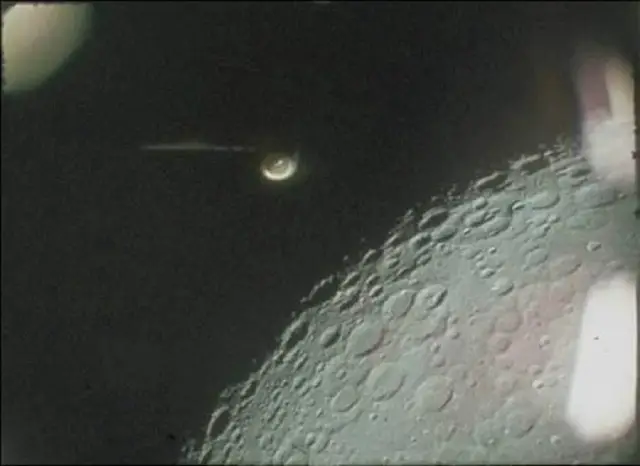
Pyramids, ruins of alien bases, mysterious towers, and unidentified man-made objects have been found on the images of the Moon for a long time and regularly. Now, however, the bacchanalia of fake creation is more often associated with Mars, on the images transmitted by rovers, enthusiasts find a lot of amazing things. But these are image artifacts. At best. We will also talk about "Short-term Lunar Phenomena" — a phenomenon long recognized by science, and studied by it. On the Earth's satellite, lifeless at first glance, some mysterious nonsense is constantly observed in telescopes.
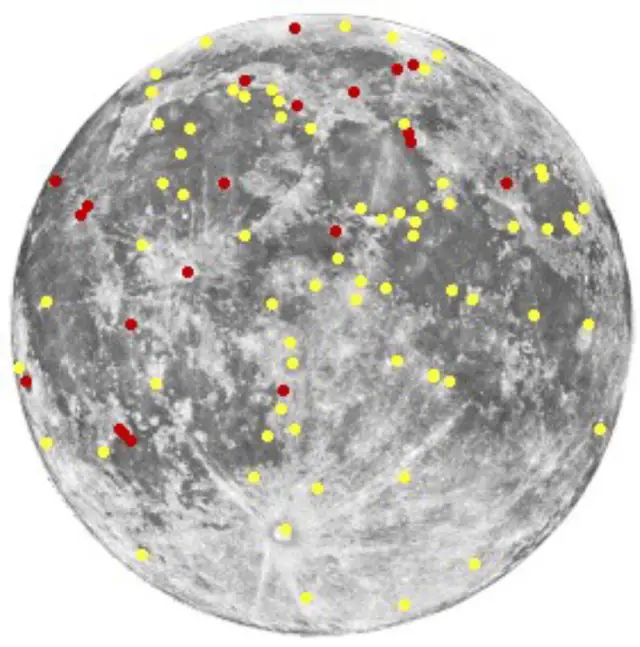
Short-term Lunar Phenomena map
To begin with, about the "short-term" and "mysterious". Mysterious is everything that is observed on the moon only for a short time. Since, in theory, nothing can happen and change there. After all, if Antarctica is the closest analog to the Moon in the sense of desolation and lifelessness - a world of furious storms and inexorably creeping glaciers, then only slowly (very slowly) cosmic dust settles on the surface of the Earth's satellite and occasionally meteorites fall. Thus, images of the same area taken with a difference of, say, 10 million years should be indistinguishable. And on most of the surface of the Moon (taking into account, of course, a slightly shorter observation period), everything is true. However, in many places forming a dense scattering on the constantly monitored "light" side of the satellite, the movement is not just observed but is observed regularly.
In addition to "lights" — stationary, and sometimes moving, luminous points observed for minutes, and less often for hours (instantaneous flashes, explained by the fall of a small body, do not count), fog, auroras, and spots are among the "short-term phenomena". Fog hiding the details of the relief, or clouds separated from the surface and clearly visible due to the shadow cast, can be seen on the illuminated side of the Moon. Auroras, bluish or red, respectively, appear above the shaded surface. As for the spots, which sometimes change shape quickly, they can be light or dark. The first appears in the form of an increase in brightness - the appearance of "lightened" areas, most often on the shafts of craters. Dark spots look like shadows, sometimes incomprehensibly faded, but sometimes, as it should be on the Moon, impenetrably black and contrasting. However, arising where there is nothing to cast a shadow at a given position of the Sun.
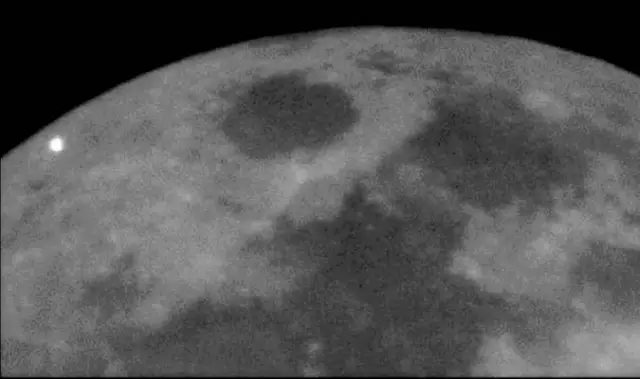
But where would fog and clouds come from on a body that has no atmosphere? The observed effects on the moon are certainly related to electrical phenomena and the release of gases. Although the exact mechanism of the phenomenon has not been established in any of the cases. It is still necessary to understand the physics of these phenomena, and so far we can only talk with confidence about the prerequisites. Features of the Earth's satellite that make something like this possible.
First, about electricity. The moon is covered with a layer of regolith - a "sedimentary" rock welded by cosmic radiation from cosmic dust particles. But cosmic dust motes are only conditionally. The main component of regolith is impact glass formed during evaporation and subsequent solidification of the stone in impact craters. And glass is a dielectric. The expansion and compression of the soil associated with diurnal temperature changes - very high on the Moon - generate a piezoelectric effect. An additional factor contributing to the emergence of a static charge is the constant bombardment of the moon's surface by the solar wind - protons - charged particles.
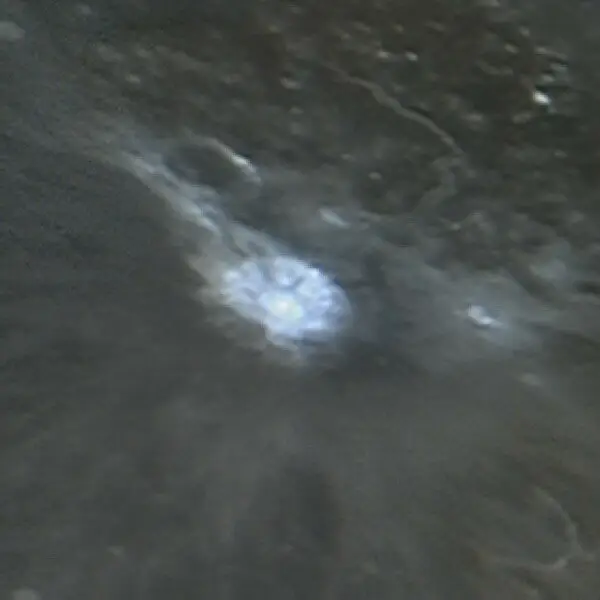
"Clouds" and "fog" are clouds suspended due to the repulsion of the dust charges of the same name. The same effect is probably responsible for the "radiance", because the charged dust glows - dimly, but noticeably against the background of the shaded surface. The height of the flight of clouds can be great and in the terminator area — the border of light and shadow, where this is usually observed — "lights" can appear. If the cloud is still illuminated by the Sun, but the surface under it is not yet there, it will seem very bright. The same - electrostatic - forces, in combination with the solar wind, are able to set the dust cloud in motion. The speed of which, by the way, can be very high, since it is not limited by the resistance of the medium.
However, this is a simplified picture, since the nature of lunar phenomena, in many cases, can be more complex — mixed. Regolith contains a large amount of water formed as a result of chemical reactions between solar protons (hydrogen) and oxygen in minerals. Also, there is a lot of helium in it, methane and carbon dioxide are present. The origin of volatile substances in regolith is a separate and interesting question. In part, it may not be cosmic, but volcanic. Although the seismic activity of the Earth's satellite has remained in the distant past, gases dissolved in the frozen mantle continue to leak out through cracks.
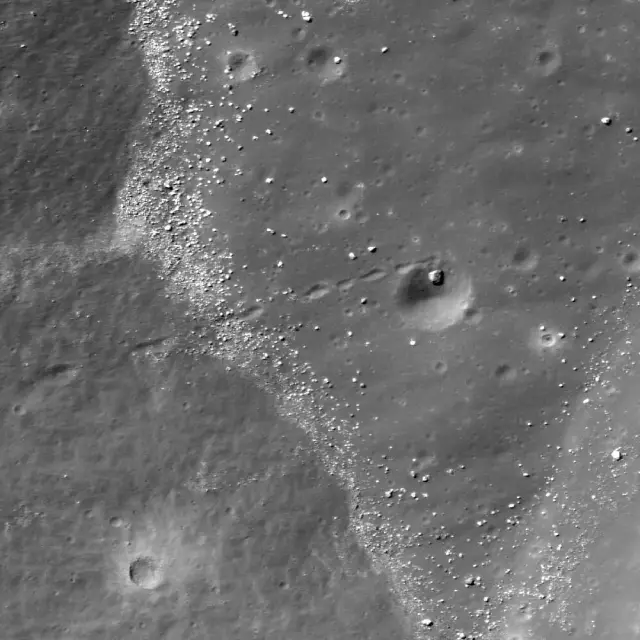
One way or another, there are a lot of gases in the lunar soil and temperature changes can lead to their emissions. The consequence of which are all the same clouds of dust blown out of the pores of the regolith. And then the freezing of steam and the loss of frost, "brightening", for a while, until the sun's rays melt it, the slopes of the craters. Melting of snow can make the regolith wet, and, as a result, dark. Which leads to the appearance of "gray" shadows.
The origin of contrasting and mobile "black" shadows, respectively, remains the darkest place in the question of the nature of short-term lunar phenomena. Theoretically, these can be real shadows. However, not mountains, but dust clouds, which themselves, for one reason or another, cannot be visible under these observation conditions.
About author:
Serg Toporkov Ufologist, Ph.D., blogger, I go on my own expeditions for UFOs. I use scientific methods to investigate the UAP phenomenon. Write to me |
Related tags:
shadows moon ufo surface regolit analysisRandom UFO or conspiracy article
UFO over the Yakutia in 2021 - Analysis
 On March 12, in the sky over Yakutia, local residents watched as an unidentified space object entered the dense layers of the earth's atmosphere, engulfed in flames.
On March 12, in the sky over Yakutia, local residents watched as an unidentified space object entered the dense layers of the earth's atmosphere, engulfed in flames.
